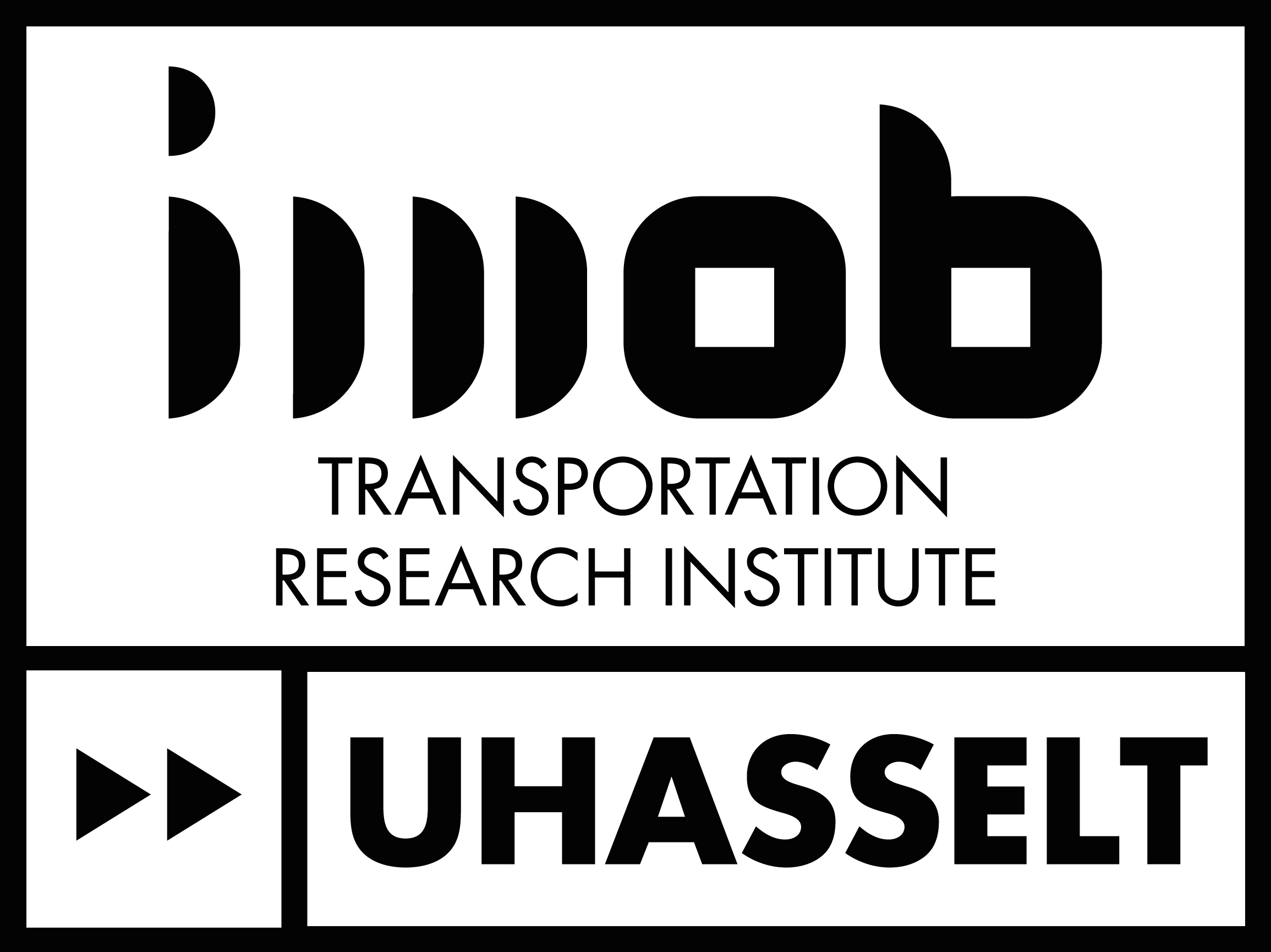Behaviour
Driving. It seems easy and comes naturally, but the complexity of it often don’t occur to us. While driving, we have to combine several tasks (such as steering, gearing, respecting the right-of-way) with certain skills (motor/mental skills), easily switch between both and appropriately respond to changes in driving environment.


View the content of this page

Driving thus is no sinecure and for some, it might be even more difficult, like for young people, elderly, seniors with dementia and people with an autism spectrum disorder. Within behavioural research, we examine the driving behaviour and mobility of these groups. On the one hand, we examine the behaviour of a certain group and see how it is connected to underlying mechanisms. On the other hand, we compare the driving ability of several groups. How able to drive are elderly people with early dementia compared to healthy elderly? How can we explain that young novice drivers have a higher risk of crash involvement compared to older and more experienced drivers?

Based on targeted problem analyses, we developed interventions to support involved target groups to retain a safe and independent mobility. In order to collect data, we use a wide range of tools and techniques such as self-reporting and computer tasks, direct observation (e.g. through driving simulation and eye tracking devices) and underlying physiological measures (e.g. through an EEG, the so-called electroencephalogram).
Projects
Contact IMOB
Do you have a question or would you like to work with IMOB?
Then please do not hesitate to contact us using the form below or the contact details at the top of the page. We are available every weekday from 9am to 5pm.
